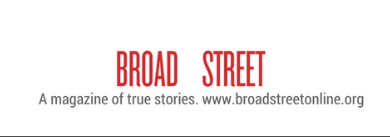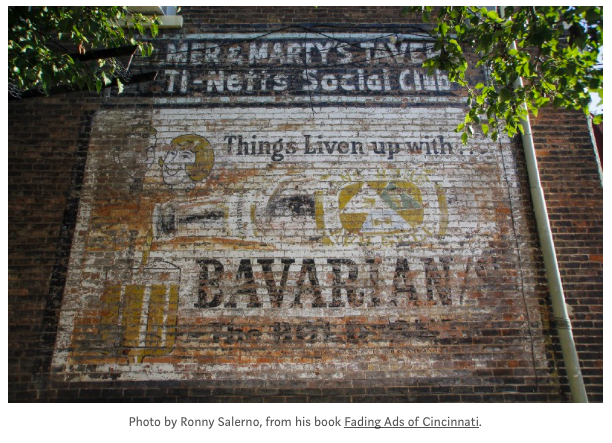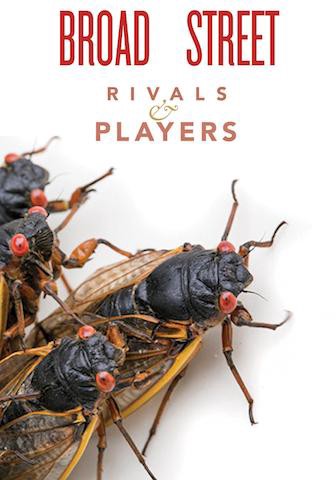Issue 3.2, “Rivals & Players,” is live: Sample the Contents here.
Presenting words and images from our Winter 2019 issue--all online and completely free to read.

Do we play the game, or does the game play us? What do we see when we spin Fortune’s wheel? Who’s watching, anyway? And when are they coming for us?
In our Winter 2019 issue, we present broken hearts, rakish behavior, jealousy, envy, greed, friendship, frenemies, monopolies, war, and war reenactment … and just plain old down-home games, video or board or sport.
Take a spin with “Rivals & Players” below.
Find the whole issue on Medium here: Broad Street’s Rivals & Players.
Featured image: Cicada gang, by Chad Hunt.
*************************************************************************************************

“Seek and Hide Again,” an essay on the adult dating years, by Lise Haines.

“Maybe I’m just no good at this,” I told a friend back in California. “Maybe East Coast men are too different from the boys of my youth.”
“That’s the beauty of online dating,” she said. “Someone for everyone. Don’t give up.”
After I read to my girl and wrapped up my work for the night, I sifted through online faces. Reading up on how to write a good profile, I posted one that was not too long, not too short, with images of travel and what I hoped were warm, relatable pictures. Sometimes this drew men who wanted to sell me things like oil paintings or a chance to sponsor a green card.

*****
“Reenactors,” a photo essay by Chad Hunt.
A look at warfare and our daily lives through a unique American pastime.
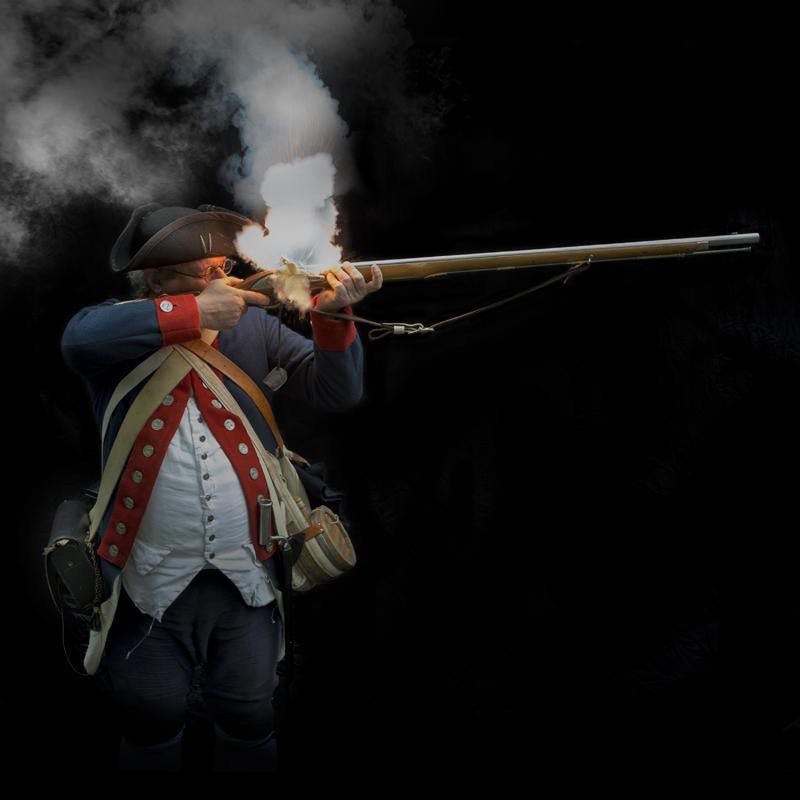
*****
“Ghosts of the Walldogs.” What fading advertisements tell us about ourselves. An essay by Michael Griffith.
Moral disapprobation may turn out to be just another brand of empty ballyhoo that commerce uses to consummate itself. Disfavor can have its high ground, so long as traffic flows below.
If we think of advertising as simply the public competition for attention, it is of course ubiquitous, and ever more densely and dispiritingly so, it seems. One question that recent social media seem implicitly to pose, and then explicitly to answer and answer and answer, is this: In a hype-driven culture, who’s going to lug your banner if you don’t do it yourself? Right. Hence our world of humblebrag and Vaguebook, Egotweet and selfie stick — of near-constant advertisements for ourselves. But the phenomenon didn’t spontaneously generate itself in Mark Zuckerberg’s dorm room; putting oneself forward along with one’s art or ideas or moral convictions has as long a history as humans do. We are the products we sell. Our clothes are ads (regulated almost as efficiently as medieval sumptuary laws, which codified fur and fabrics by social station and, yes, controlled what prostitutes wore), our manners, even our names — and also the shingles or signs we hang out to trumpet them.
By this broader definition, one may consider the ninety-five theses Martin Luther tacked onto the cathedral door at Wittenberg in 1517 a kind of guerrilla advertising, an incursion into a public space “owned” by the Catholic Church to bring attention to a scrappy alternative.
*****
“A Curious Migration.” An essay on human virtue and the survival of the monarch butterfly, by Mary Quade.
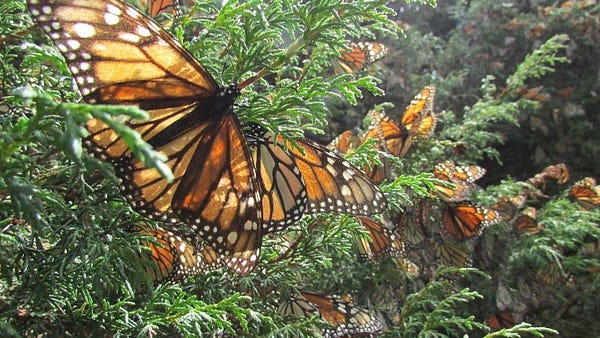
A monarch butterfly is a small being, less than the size and weight of a Post-it note. The monarch butterfly phenomenon, however, is enormously heavy.
*****
“We Were Working Moms.” Essay by Colleen Curran.
We were always running around. Packing school lunches while trying to get dressed for work. Digging through the closet, looking for a blouse without the dusting of spit on the shoulders, a skirt without egg on it. Searching the pantry, looking for something healthy to put in the kids’ lunches. Why didn’t we ever have anything healthy to put in the kids’ lunches?
We were juggling, constantly juggling, all these wants and worries, above our heads. All we wanted was to get the kids out of the house without yelling at them. Was that too much to ask? We dropped the ball, constantly. And then we picked it up again. To begin the elaborate game. Of working motherhood.

“The Museum of Teeth,” an essay by Emily Woodworth on an incomplete collection.
The first time I saw them, I couldn’t wait to take them out of the bag and reconstruct my mouth from a few years back. It felt like being reunited with old friends. I stroked the smooth white planes and rough blood-encrusted undersides where the teeth had attached to my gums, remembering when these impossibly small items were a part of me. I knew exactly where each little molar went, how they all fit together. They were like fossilized remains of a past Emily; an archaeological record of who I had been. I still get them out sometimes, just to remind myself of who I used to be.
*****
Watercolors by Gunver Hasselbalch
Australia, Italy, Elba: the small rivalries in place.

*****
“Another Planet of Its Own,” an essay by Katharine Haake: The astral is the personal.
How natural all this seemed to us then. Not the dying — still so far in the future as to be unimaginable — but the great bounding leaps with which they cavorted about on our luminous moon.
Naturally, we want this to be true. We remember it that way, ebullient men at play in a gravitational field a mere sixth of that on Earth, their sober and intrepid explorations interspersed with soaring jetés of joy. But mostly, they plodded. The moon was there, and they were on it, the soles of their boots firmly anchored with something like lead.
These days, where I live is up an L.A. canyon in a small midcentury house with a back wall of glass that looks out on a scrubby hillside of the Santa Monica Mountains. Other broad windows open over the canyon itself and flood, some nights, with the rising moon: the very moon where, over time, twelve Americans walked, a full jury’s worth.
*****
“Blue Pearl,” an essay by Peter Stine: the anatomy of a Chicago Zen sesshin.
There was no harmony to any of this. I wanted to be somewhere else. By the fourth sitting I was in such pain that vision failed me, the wall became sheer fuzziness, no surface cracks, no chipped paint to cling to, get lost in, no way to pass spiritually beyond the wall.

*****************************************************************************************
We’ll be spotlighting features from “Rivals & Players” this spring on the website. Be part of the gang and play along …
